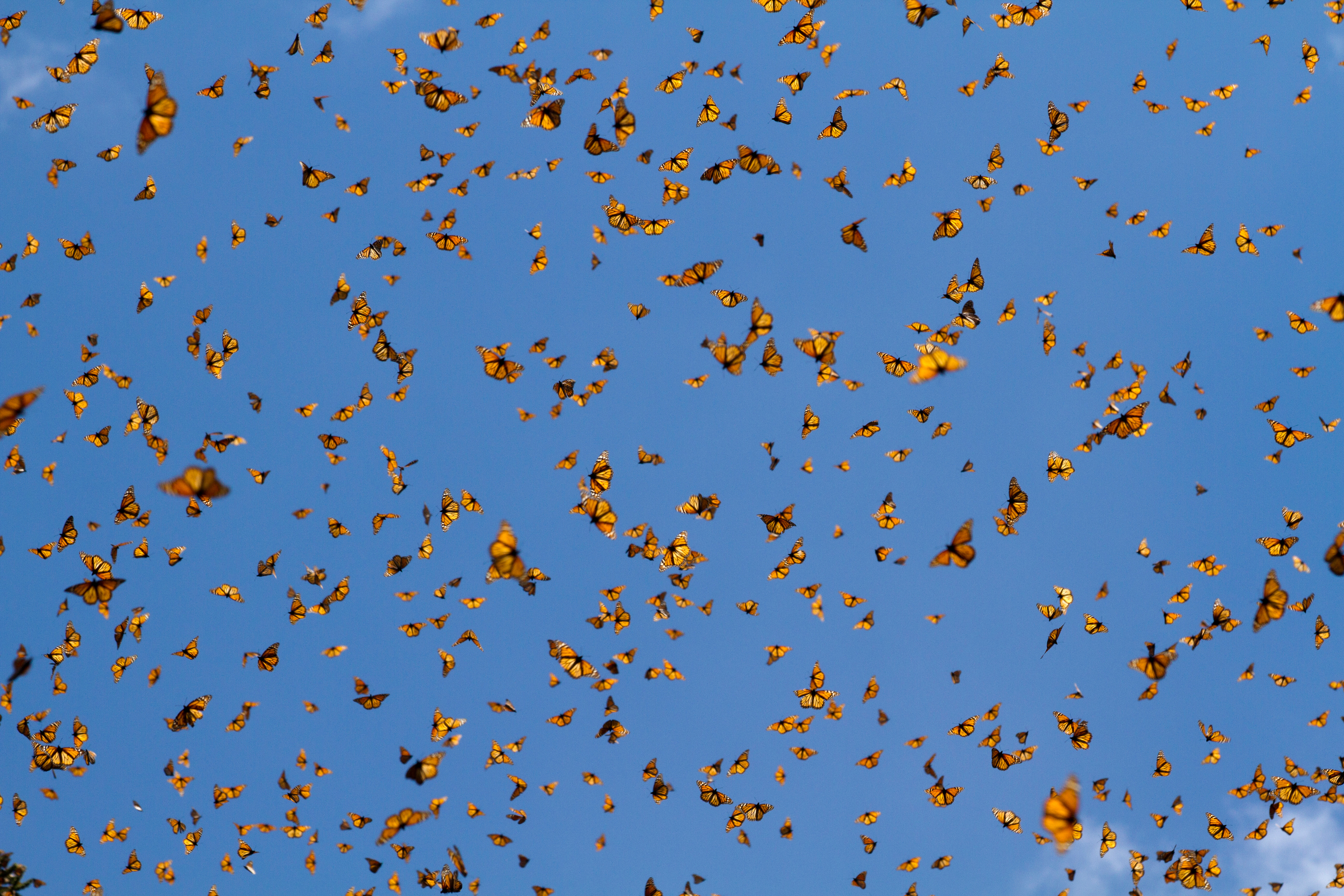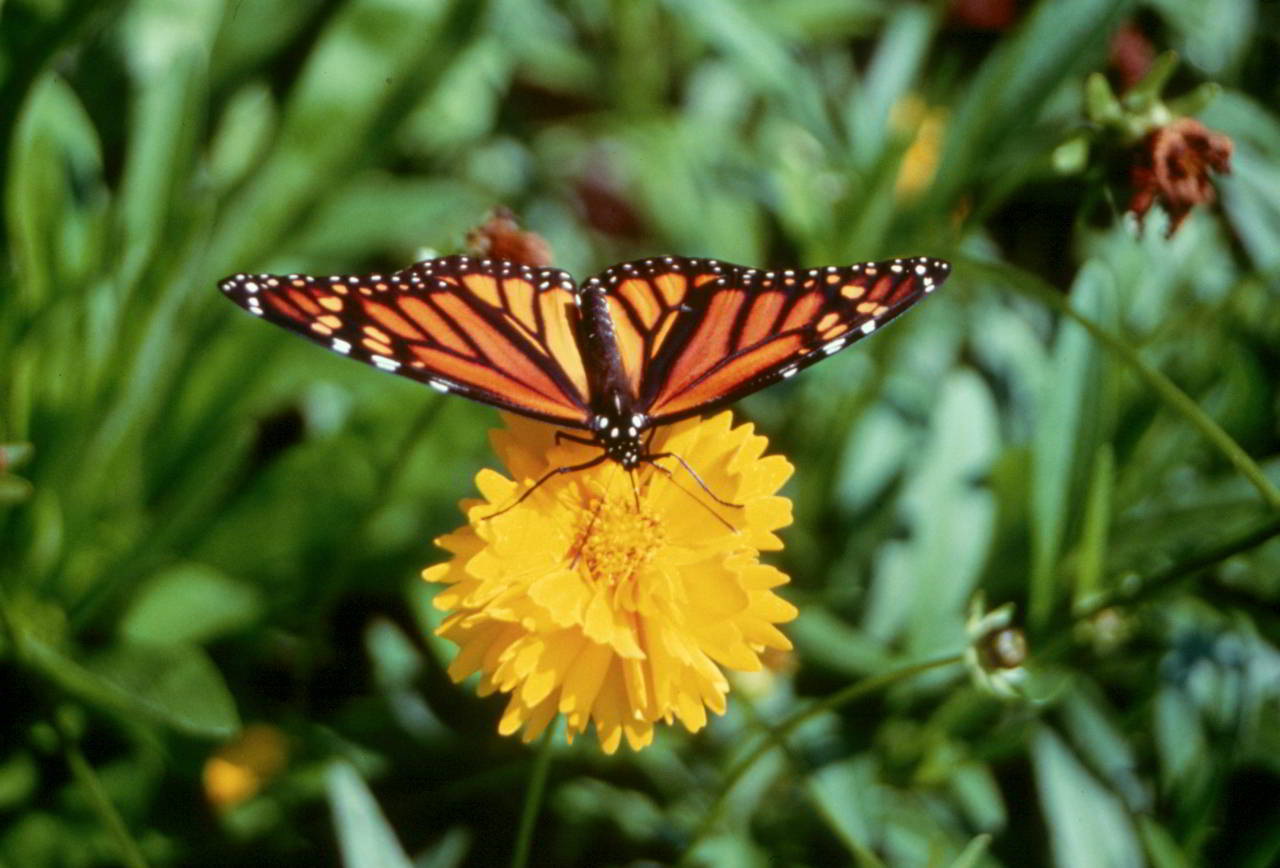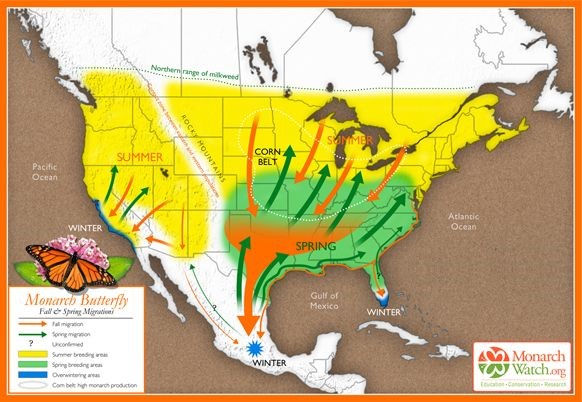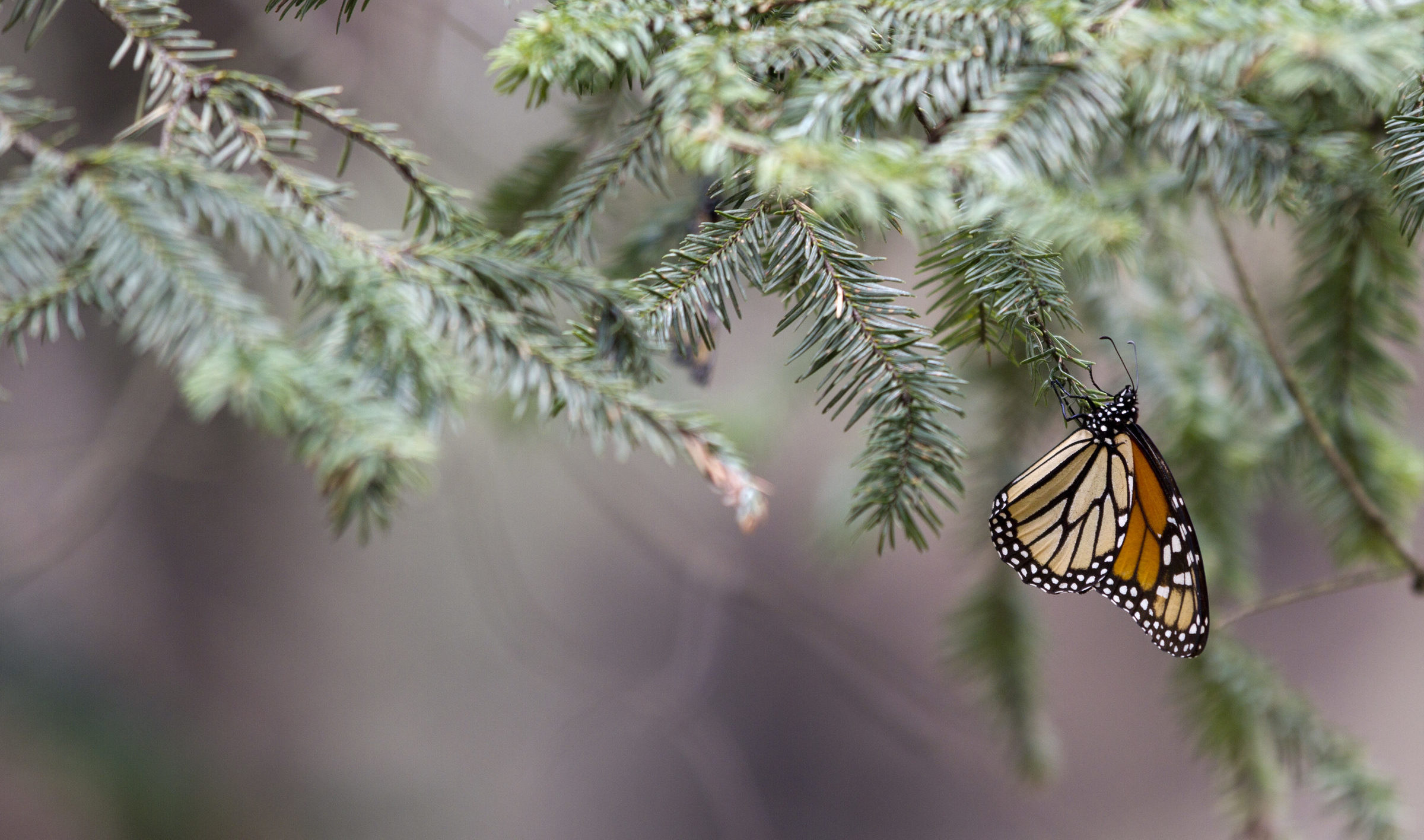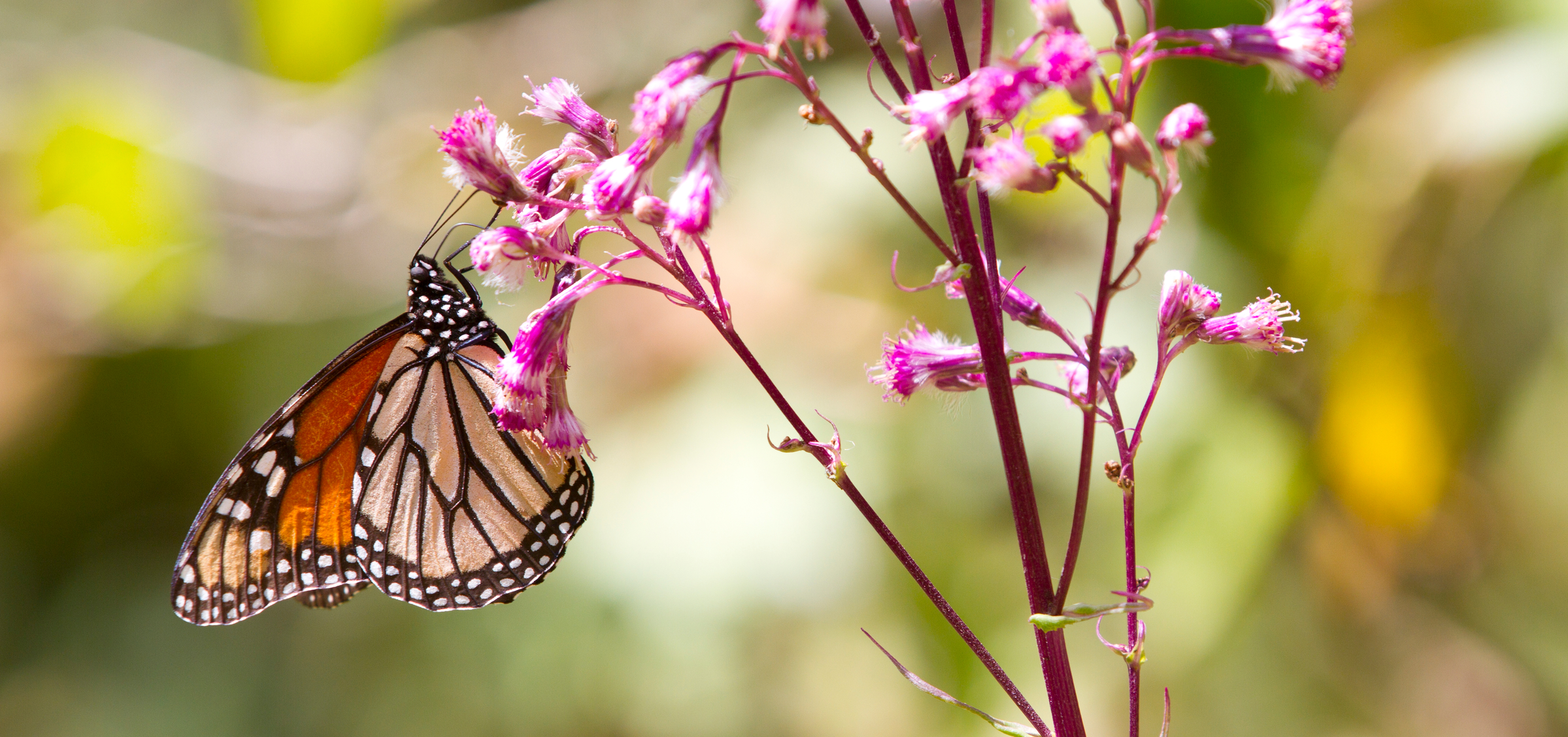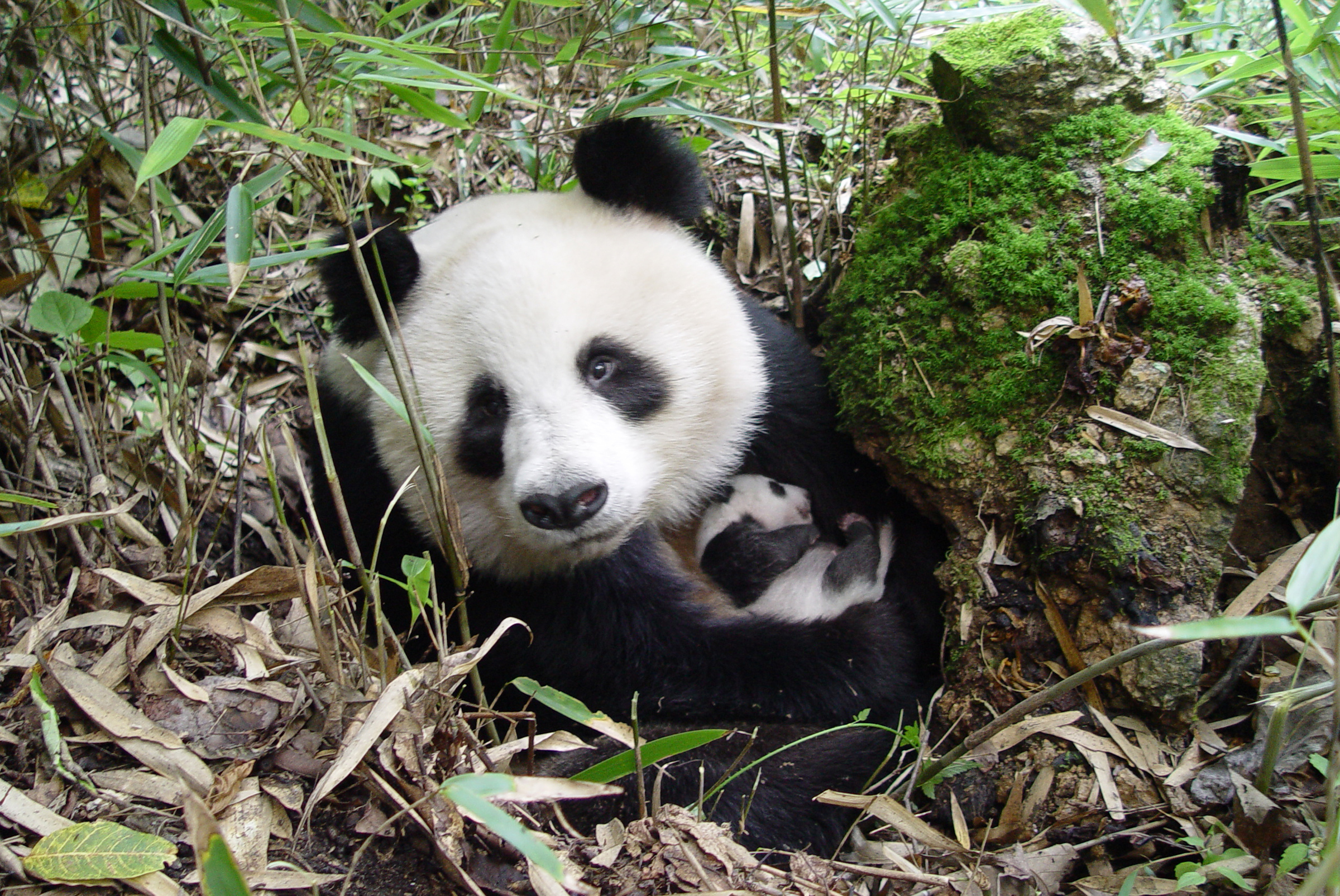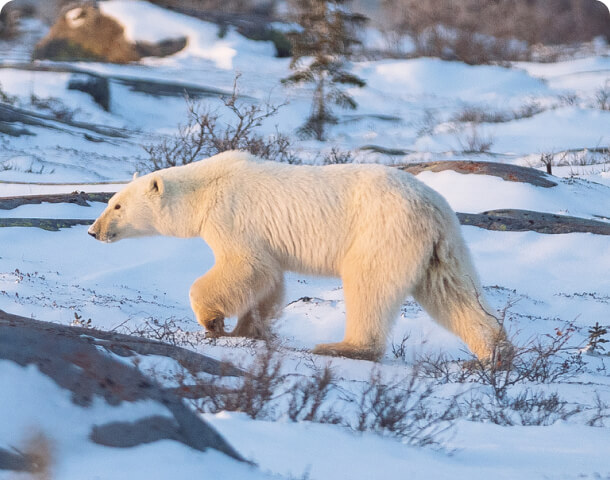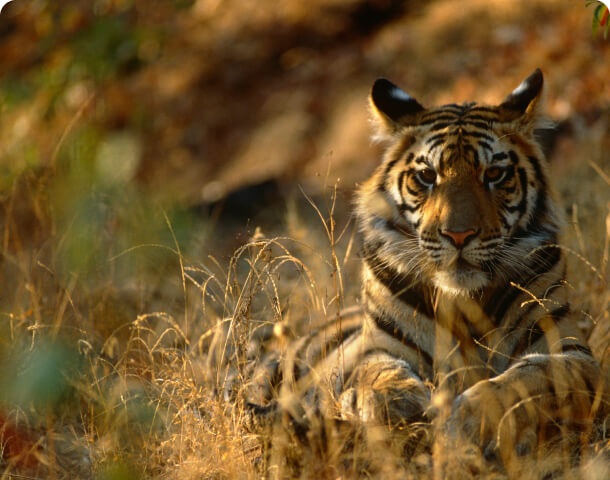Monarchs are threatened by deforestation of wintering forests in Mexico, disruptions to their migration caused by climate change, and the loss of native plants (including milkweed species but also all nectar-producing native plants) along their migratory corridors. Researchers say that the increasing frequency and severity of extreme weather events (linked to accelerating rapid climate change), is likely also contributing to reduced numbers.
During the past two decades, WWF has seen a dramatic and sustained decrease of the area occupied by monarchs on their wintering grounds, in the wintering forests near Mexico City (where the bulk of the North American population winters). In Canada, the monarch is listed as Special Concern under the Species at Risk Act but was recommended for listing as Endangered in December 2016.

